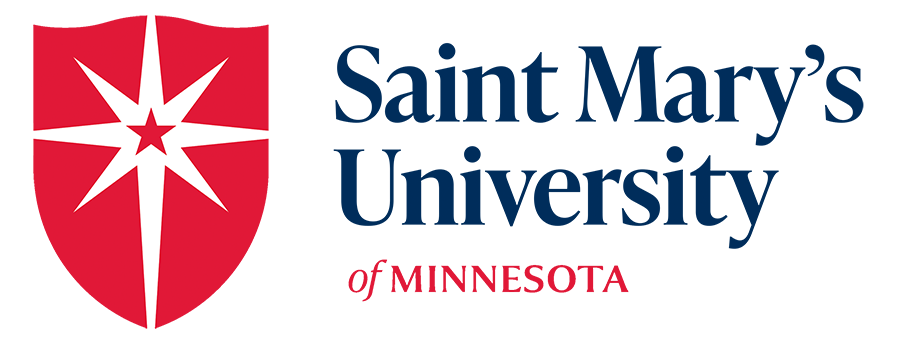
Enhancing Teaching
Similar to a 360-degree evaluation, you can improve as an educator by reflecting upon feedback from your students, peers, program director, and from yourself.
End-of-Course Evaluations
One way to enhance your teaching is to review your end-of-course evaluations, which are filled out by your students 2-3 weeks before your course ends. This survey gives you feedback on your students’ course experience and personal effort.
Your results will be emailed to you a few weeks after your course ends. Review the responses and look for areas that you could consider changing if you believe it would improve student learning. Look for patterns. Ask yourself what the data is really telling you? Try not to dwell on the few extreme comments (e.g., the 2 nasty comments and the 2 glorifying comments.) Instead, try to see what the majority of the comments are telling you, combined with the close-ended responses. Continue to monitor this feedback as you make changes along the way.
Student Feedback During the Course
While the end-of-course evaluation can be helpful, it comes too late for you to make mid-course changes. Use the methods below to assess students during your course.
Use a classroom assessment technique (CAT).
The most effective way to improve your teaching is to gauge what your students have learned so far (a.k.a. formative feedback). Formative feedback allows you to monitor student learning through quick and simple non-graded assessments, which are called classroom assessment techniques (CATs). The most popular CAT is the “One-Minute Paper,” where students write down a quick summary of what they learned and the questions that remain. Another technique is called, “Muddiest Point,” where students note the concept that they are still struggling with and that needs further clarification. These CATs come from Cross and Angelo’s book, Classroom Assessment Techniques, which is available in Twin Cities Library.
Administer a PQP survey.
You can assess what your students have learned during a single class session by asking them to respond to a quick “PQP survey,” which stands for:
- Praise – “What did you enjoy most today?”
- Question – “What remaining questions do you have?”,
- Polish – “What could be improved?”
Use their responses to make course corrections, address concerns, and to answer any questions they may have. Alternatively, consider administering a mid-term survey that inquires into areas, such as the quality of instruction, learning environment, readings, course learning, and other useful feedback. Choose whichever method works best for you.
Observations of Your Teaching
You can also get valuable feedback from an observation of your teaching. Program directors typically observe faculty on a rotating basis, with priority given to new faculty. Your program director or another member of your program’s administration will contact you in advance. Observations typically last 60-90 minutes for a face-to-face course or for one week if the course is online.
The purpose of the observation is to provide you with formative feedback and an opportunity to bounce around ideas for continued growth. Take full advantage of this rare opportunity. You can discuss what you believe is going well, areas for possible improvement, and gain insight into the nuances of your teaching and into your students’ learning experiences.
Self-Reflective Feedback
Self-reflection may be one of the most powerful ways to grow as an educator, which you can infuse into your teaching process by keeping a teaching journal or by performing a learning audit.
Create a teaching journal.
Shortly after each class, journal about key emotional moments (what Stephen Brookfield calls “critical incidents”) that took place throughout the session. Teaching can bring on feelings of joy, excitement, and satisfaction as well as anxiety, boredom, and frustration. Oftentimes, the best learning comes from these moments. Ask yourself:
- What triggered that feeling?
- What was occurring in class?
- What was I doing?
- What were my students doing?
- What are the patterns?
Try to discover what is working, not working, when you feel relaxed and engaged, and when you feel anxious or frustrated. Reflection takes time and diligence, but the payoff is great.
Conduct a Teacher Learning Audit.
After teaching for an extended period of time, you may believe that your teaching skills are no longer growing. One way to break through this feeling is to conduct a Teacher Learning Audit. The auditing process can be done at the end of a term or at the end of the year. The Teacher Learning Audit requires you to answer a series of questions, comparing your teaching skills, knowledge, and insights over time. Then you analyze these responses to discover assumptions and emerging themes.
